Compared to their heterosexual counterparts, adolescents who identify as members of a minority sexual orientation—such as lesbian, gay, or bisexual—are more likely to take drugs. Being an LGBTQ+ person and coming out is a very personal, frequently arduous event that affects many facets of a person's life.
The Coming-Out Process:
Coming out is the process by which people tell other people about their gender identity or sexual orientation. Even though it can be a liberating and puissant experience, it frequently entails facing convivial norms, the possibility of repudiation, and internalized stigma. A variety of feelings, from assuagement and self-acceptance to fear and worry, might be evoked by this self-disclosure trip.
Relinquishing oneself can be a highly charged event for someone who has spent years hiding. Coming out, however, involves more than just exposing oneself to the public; LGBT individuals also attempt to reconcile previously separated facets of their identities. Coming out is a ritual process of passage, according to Herdt and Boxer (1993), in which a gay person must: 1) relearn the assumptions of natural or essentialist heterosexuality; 2) unlearn the prejudices associated with homosexuality; and 3) become familiar with the customs of the lesbian and gay communities they are entering. Ultimately, coming out is a perpetual process for homosexual individuals since they have to make decisions about who they will reveal themselves to and whether to disclose on a daily basis.
A person's subjective sense of inner apperception is coming out to oneself. There are moments when this moment is filled with anticipation and other times with fear. Realizing that feelings or wants that were once deemed incongruous is a recognition of one's intrinsical nature. It involves some vocal expression of antecedently unspoken emotions and concepts. It is the reenactment of gainsaid events.
Any sexual contact may come before coming out to oneself. Coming out to oneself can occasionally be an amazing sexual experience. Some LGBT individuals compare it to the flipping of a switch. Coming out to themselves is sometimes described by LGBT persons as "coming home" or "discovering who I really was". According to Winnicott (1965), it can be understood as the instant people connect with their actual selves.
Coming out to others could come after coming out to oneself. Not everyone is happy to hear such revelations, and homosexual people frequently consider who to tell or whether to come out based mostly on their fear of being rejected. Relocating to a new city presents chances for people who are unable to come out in their hometown to do so among strangers. Coming out in unfamiliar and remote locations where one is unknown to friends and family can be thrilling. Gay people may entirely (and possibly dissociative) cut links with their prior life after making such a transmute.
Vulnerability and Coping Mechanisms:
Coming out is a vulnerable process, and this susceptibility can function as a catalyst for substance abuse. Substance abuse is a common coping mechanism used by LGBTQ+ people to deal with the stress, worry, and dread of not knowing how other people may react to their disclosure. Some people may turn to drugs for solace out of a need for approval or a fear of rejection, which increases their chance of becoming addicted.
Internalized Stigma and Shame:
During the coming-out process, internalized stigma—which has its roots in societal prejudice and discrimination—can have a serious negative influence on a person's self-esteem and mental health. Emotions of guilt, humiliation, or inadequacy might accompany the mental battle with accepting one's identity. It is possible to use narcotics to momentarily numb these unpleasant feelings, unintentionally creating a dependency on addictive substances.
Social Support and Its Impact:
In the context of coming out with substance abuse, the importance of social support cannot be emphasized. A protective factor that reduces the likelihood of using drugs as a coping strategy is the presence of supportive friends, family, or communities. On the other hand, a lack of acceptance or comprehension could exacerbate feelings of loneliness and increase susceptibility to drug abuse.
Historical Perspectives:
People who identify as LGBTQ+ have historically been marginalized, discriminated against, and subject to prejudice in society. The prevalence of mental health conditions including anxiety and dejection has frequently incremented as a result of these stressors. Consequently, substance abuse may be utilized by people as a coping strategy to diminish the emotional strain brought on by convivial abnegation.
Social Stigmas and Minority Stress:
The construal of the relationship between sexual orientation and substance addiction depends heavily on the concept of minority stress. Because of social stigmas, discrimination, and repudiation solicitousness, members of the LGBTQ+ community may be more stressed out than other people. People who experience perpetual stress may turn to drugs as a way to cope with the psychological effects of social demands.
Mental Health Disparities:
Studies customarily demonstrate that those who identify as LGBTQ+ are more likely than heterosexual people to experience mental health concerns. Anxiety, sadness, and post-traumatic stress disorder (PTSD) are prevalent illnesses that can exacerbate substance abuse. There is a cyclical sodality between mental health and addiction because substance use may be an endeavor to self-medicate and control the symptoms of mental health illnesses.
Coping Mechanisms and Escapism:
When dealing with issues circumventing their sexual orientation, some people resort to drugs as a way to elude. Drugs and alcohol can give people with momentary solace from the pain or solicitousness of their identity conflicts, accommodating as a coping implement. This pattern of utilizing drugs as a coping mechanism can result in reliance, which makes quandaries already experienced by members of the LGBTQ+ community worse.
Social Support and Resilience:
Conversely, within the LGBTQ+ community, social support and resilience can act as buffers against drug addiction. Communities and families that are welcoming can be supportive environments that help lessen the effects of minority stress. Resilience is influenced by strong social ties and a sense of belonging, which lowers the risk of using drugs as a coping method.
Intersectionality and Unique Challenges:
Particular difficulties arise when one's sexual orientation intersects with other facets of identity, such as race, gender, and financial class. For instance, members of marginalized racial or ethnic groups who identify as LGBTQ+ may experience additional pressures, which makes them more vulnerable to substance abuse. Developing focused interventions and support networks requires an understanding of these intersecting problems and how to address them.
Prevention and Treatment:
Comprehensive and inclusive efforts are needed to prevent and treat substance addiction within the LGBTQ+ community. The cornerstones of prevention include anti-stigma efforts, easily available mental health resources, and healthcare treatments that are culturally competent. Intervention effectiveness may be raised by specially designed treatment plans that take into account the distinct circumstances and difficulties encountered by people of different sexual orientations.
How can Samarpan help you?
- mative approach places a vi;rous accentuation on the value and acceptance of LGBTQ identities and experiences. It entails establishing a welcoming and comfortable environment where clients can explore and express their gender identity or sexual orientation.
- Cognitive-behavioral therapy (CBT): CBT is a kind of therapy that avails patients in apperceiving and disputing inimical conceptions and postures that underlie phrenic health issues including apprehensiveness, dejection etc. Addressing internalized homophobia or transphobia can be availed by it.
- Family therapy: LGBTQ people who are coping with conflict or repudiation from family members may find that family therapy is benign. It entails collaborating with family members to enhance understanding and communication.
- Group therapy: It offers a safe space for people to interact with others who have ;ne through commensurable struggles and experiences. It can foster a feeling of camaraderie and diminish isolation.
Hence Samarpan entails examining the experiences and tales that have shaped a person's identity. It can support self-acceptance and self-compassion among LGBTQ people who are examining their sexual orientation or gender identity. Numerous factors, such as coping methods, intersectionality, mental health inequities, and social stigmas, influence the complex relationship between sexual orientation and substance addiction. In light of the increasing societal acceptance and comprehension of a wider range of sexual orientations, it is imperative to tackle the particular obstacles encountered by the LGBTQ+ population.
We may attempt to stop the cycle of substance addiction within this population by creating supportive environments, raising awareness of mental health issues, and putting focused treatments into place. Ultimately, building a more accepting and encouraging environment for all people, regardless of their sexual orientation, requires a comprehensive strategy that takes into account the interaction of social, psychological, and cultural elements.
Samarpan is a specialized international Substance Use Disorder (De-Addiction) and Process Addiction rehab in Pune, India that accepts a maximum of 26 clients. We only accept clients on a voluntary basis and have a highly structured program that encompasses the most effective approaches to Substance Use Disorder and addiction. The facility is set in the rolling hills Mulshi, with clients having either individual or shared rooms, in a modern resort-like facility, staffed by Internationally Accredited Professionals. Samarpan is fully licensed under The MSMHA and is also an accredited ;RSKI-CENAPS Centre of Excellence offering a program from 5 to 13 weeks.
If you or someone you care about is considering treatment for substance use disorder or process addictions, we can help. Contact us now on admissions@samarpan.in or phone/WhatsApp us on +91 81809 19090.






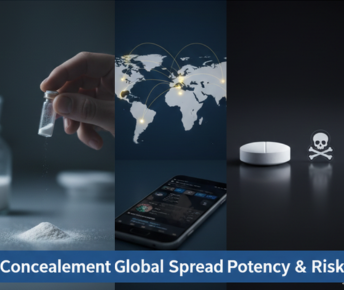
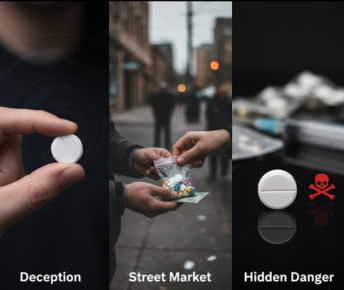

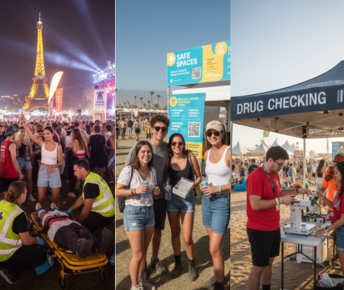

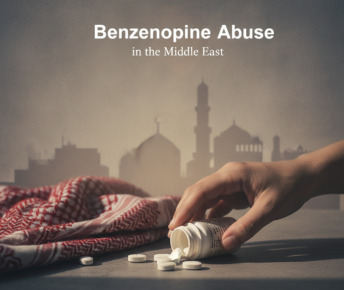
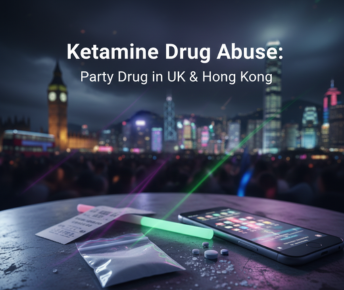







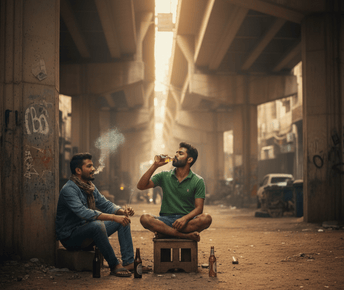


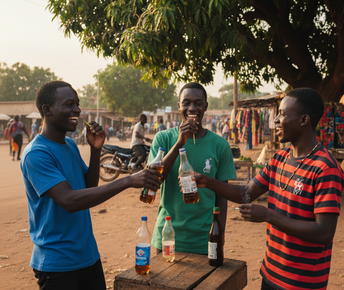
 Yes, many offer serene environments and solid therapeutic frameworks. However, quality varies, so it’s essential to research accreditation, staff credentials, and therapeutic depth.
Yes, many offer serene environments and solid therapeutic frameworks. However, quality varies, so it’s essential to research accreditation, staff credentials, and therapeutic depth.




